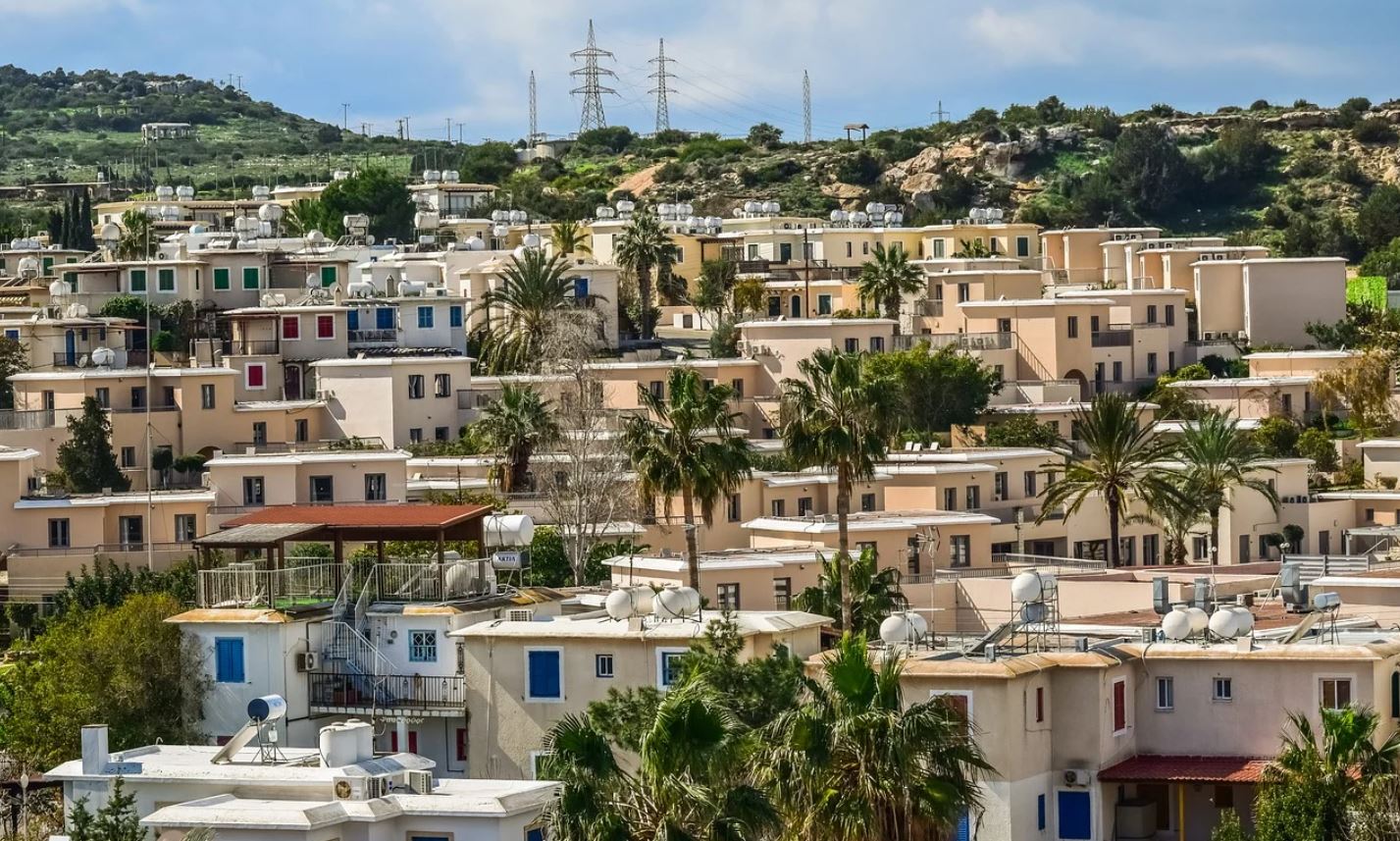Limassol, Nicosia experience slowdowns in housing market growth
Paphos and Famagusta have experienced the steepest increases in house prices in Cyprus, according to the Central Bank of Cyprus’ third-quarter report for 2024.
In contrast, Limassol and Nicosia are experiencing the most significant slowdowns in the housing market.
According to the report, the overall House Price Index (HPI) noted a modest quarterly rise of 0.9 per cent, down from 1.6 per cent in Q2 2024.
Year-over-year, the increase stands at 6.5 per cent, a decrease from 8 per cent in the prior quarter.
The apartment sector experienced a sharp slowdown, with year-on-year price growth decreasing from 12 per cent to 8.8 per cent.
House prices, meanwhile, saw a slight deceleration, with the annual growth rate adjusting to 6 per cent from 6.2 per cent.
Focusing on buyer demographics, there has been a notable shift in demand dynamics.
Domestic buyers have bolstered the market, showing a robust increase in activity, whereas interest from foreign buyers has slightly waned.
Specifically, the number of total sales documents registered an annual rise of 6.6 per cent, with transactions involving domestic buyers surging by 13.7 per cent and those by foreign investors dipping by 2.3 per cent.
Limassol led in terms of transaction volumes, followed by Larnaca, Nicosia, Paphos, and Famagusta, with Paphos still attracting a significant number of foreign investors compared to other districts.
Variance is also evident at the provincial level, where house price trends vary significantly.
Nicosia and Famagusta have seen an increase in speed in house price, whereas Limassol, Larnaca, and Paphos have experienced a slowdown.
In detail, on a quarterly basis, house prices in Nicosia rose by 1 per cent, in Famagusta by 3 per cent, in Limassol by 0.9 per cent, in Larnaca by 1.1 per cent, and in Paphos by 2 per cent.
Annually, the steepest climbs in house prices were in Paphos (11.8 per cent) and Famagusta (11.1 per cent), with more modest increases in Limassol (7.4 per cent), Larnaca (8.1 per cent), and Nicosia (2.7 per cent).
The apartment sector mirrored this pattern, with the highest annual price increases in Famagusta (19.2 per cent), Larnaca (15.1 per cent), and Paphos (14.4 per cent), while Nicosia and Limassol saw lower growth rates.
This variation across districts reflects differing conditions of supply and demand.
In Limassol and Nicosia, property supply is expanding to meet growing demand, whereas in Larnaca and Paphos, the supply remains relatively constrained, continuing to push prices upward.
In contrast, Famagusta’s limited supply, coupled with new housing developments, drove price increases.
Meanwhile, several factors are influencing the market’s current dynamics.
The slowdown in price growth coincides with an increase in the supply of new properties, as evidenced by a 44.4 per cent rise in the number of residential units approved for building permits in the first half of 2024 compared to the same period in 2023.
Additionally, the cost of construction materials has seen a marginal year-on-year decrease of 0.2 per cent, continuing the trend of gradual reduction from previous high levels.
Borrowing conditions have remained stable, with mortgage rates slightly rising to 4.59 per cent in Q3 2024.
Furthermore, new lending has increased by 6.5 per cent annually, reaching €270 million, while CBC’s Bank Lending Survey said that “funding criteria have remained stringent, albeit with a growing interest in loan acquisition.”
Moreover, the trajectory of Cyprus’ property market suggests a continued moderation in price increases.
An expanding supply of new properties, along with a dip in foreign demand, appears to be tempering the previous upward pressure on prices.
The European Commission’s surveys indicate a lower house price expectations index compared to last year, suggesting that buyers and investors are adopting a more cautious stance regarding future price escalations.
Thus, the market is poised for a period of stabilisation, with price growth expected to persist but at a reduced rate.







Click here to change your cookie preferences